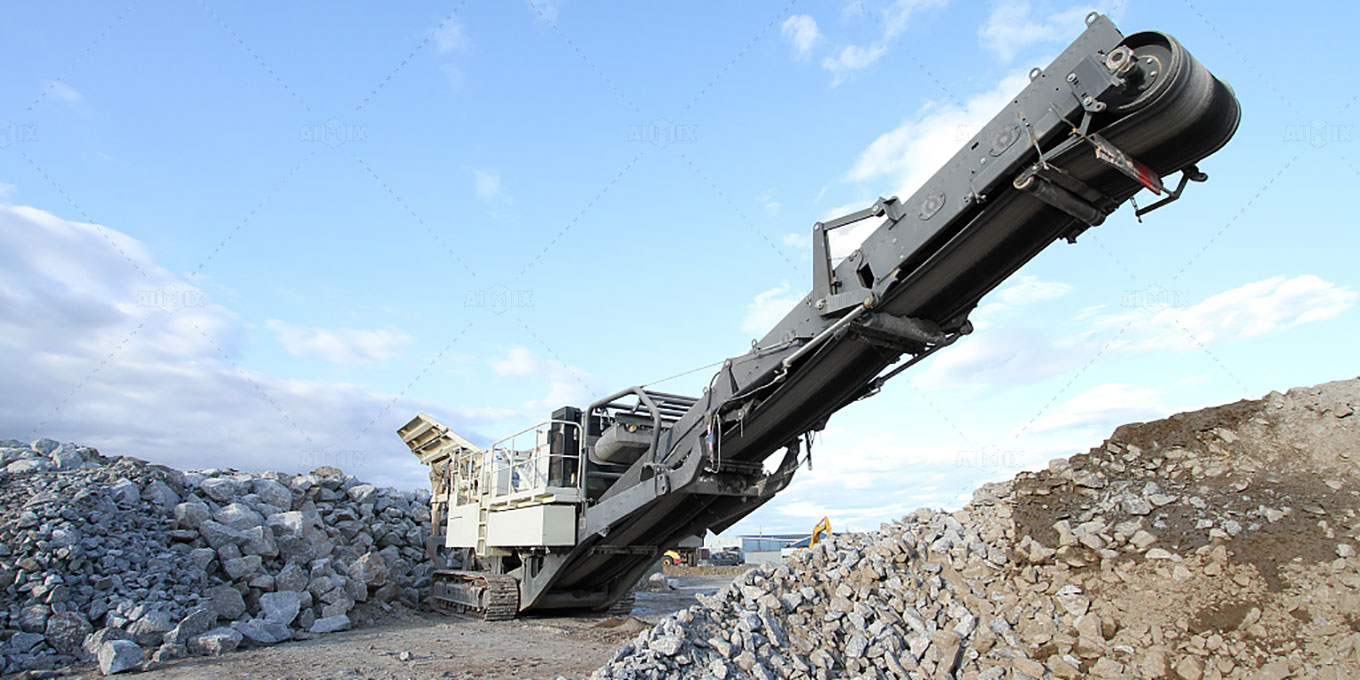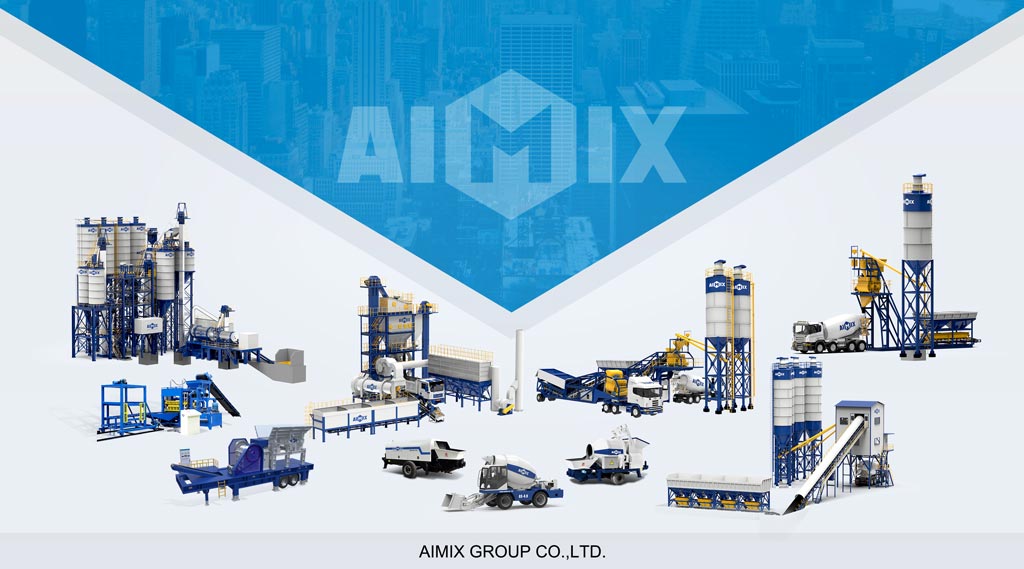The production of precisely graded 5mm aggregates presents unique challenges that demand careful equipment selection. While both secondary fine jaw crushers and sand making machines can achieve the target particle size, their operational characteristics and final product qualities differ significantly. This decision impacts not just the immediate production outcome, but also long-term operational costs, maintenance requirements, and product versatility. Understanding the nuanced advantages of each approach requires examining particle morphology, production efficiency, and downstream application requirements.
Modern aggregate specifications have become increasingly stringent, particularly for premium concrete mixes and specialized construction applications. The shape, surface texture, and gradation consistency of 5mm aggregates significantly influence material performance in everything from high-strength concrete to asphalt mixtures. As such, the choice between secondary crushing and sand making technologies carries substantial technical and economic implications for aggregate producers.
Particle Shape Considerations for Different Applications
The geometric properties of 5mm aggregates vary dramatically depending on whether they’re produced through compressive crushing or impact fragmentation. Secondary fine jaw crushers generate more angular particles with micro-fractured surfaces that enhance bonding in cementitious applications. This makes them particularly suitable for structural concrete where interparticle friction and cement paste adhesion are paramount.
Sand making machines, conversely, produce more cubical particles with smoother surfaces through autogenous rock-on-rock impact. These characteristics prove ideal for asphalt production and drainage applications where particle packing density and fluid flow characteristics are critical. Recent studies indicate that sand making machine-produced aggregates can reduce asphalt mix binder requirements by 4-7% compared to traditionally crushed material, representing significant cost savings for large-scale paving projects.
Production Efficiency and Operational Economics
Throughput capacity and energy consumption diverge markedly between these technologies when targeting 5mm product. Modern fine jaw crushers configured for small output sizes typically achieve 30-50% higher throughput rates than comparable sand makers when processing medium-hard rock. However, this advantage diminishes with harder feed materials where impact crushing becomes more energy-efficient.
Operating costs tell a more complex story. While jaw crushers generally have lower wear part costs per ton, sand makers often compensate with their ability to produce multiple saleable products simultaneously. A well-configured sand making circuit can yield premium manufactured sand alongside the 5mm aggregate, potentially doubling the value extracted from each ton of feed material. This economic calculus shifts significantly based on local market demands for various aggregate fractions.
Material Versatility and Downstream Processing
Feed material characteristics heavily influence the technology selection. Laminated or friable rocks often produce excessive fines in sand making machines, making fine jaw crushers the preferable choice. Conversely, highly abrasive materials like quartzite can cause prohibitive wear rates in jaw crushers when set for 5mm output, favoring the more maintainable sand maker approach.
Downstream processing requirements further complicate the decision. Sand making systems typically integrate more effectively with air classification and particle shaping technologies for precise gradation control. However, jaw stone crusher products often require less screening and recirculation to achieve target specifications, simplifying the overall plant layout. The optimal solution frequently involves hybrid approaches, using each technology where it performs best within a comprehensive processing circuit.
The debate between secondary fine jaw crushers and sand making machines for 5mm aggregate production resists simple resolution. Wise operators consider their specific feed material characteristics, product portfolio strategy, and operational priorities before committing to either technology. Increasingly, the most successful operations employ both systems in carefully sequenced configurations that extract maximum value from each ton of raw material while meeting diverse market requirements.


Comments
No comments yet. Be the first to react!